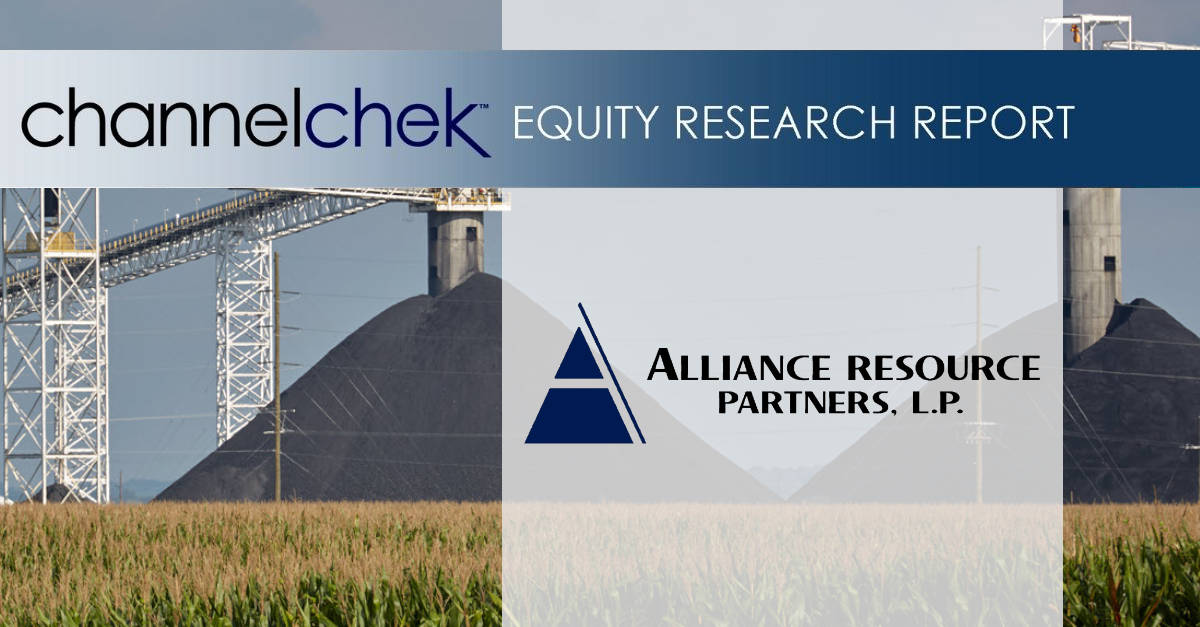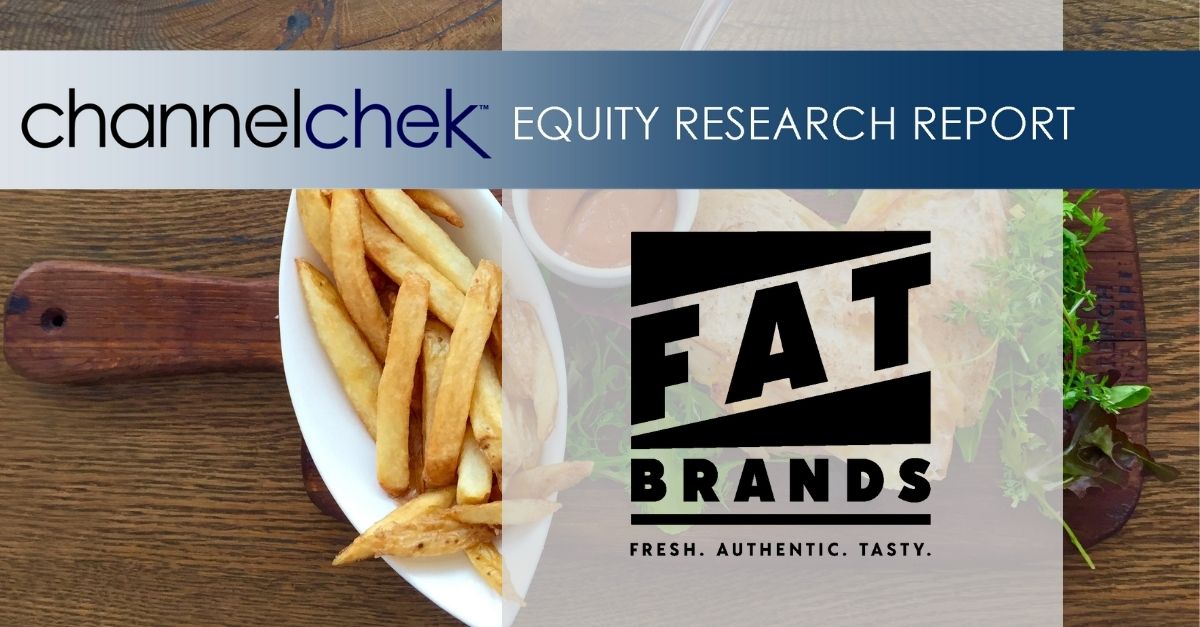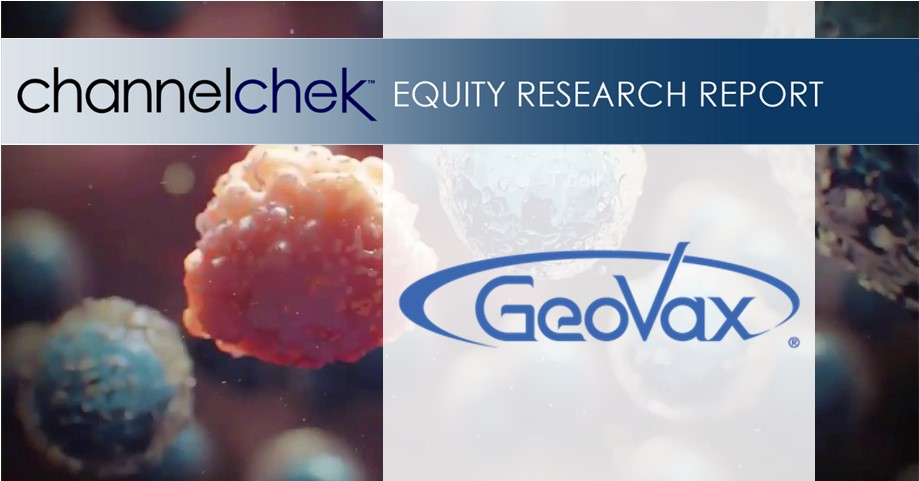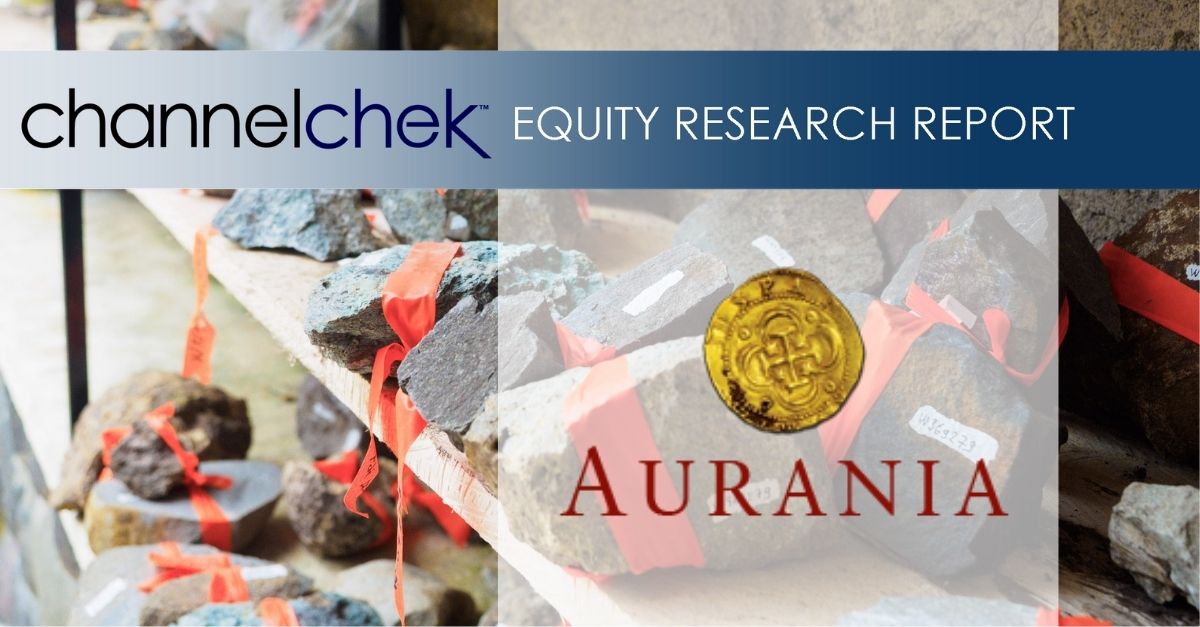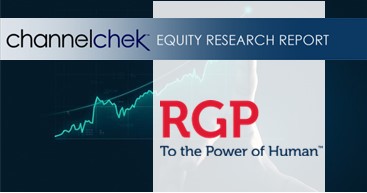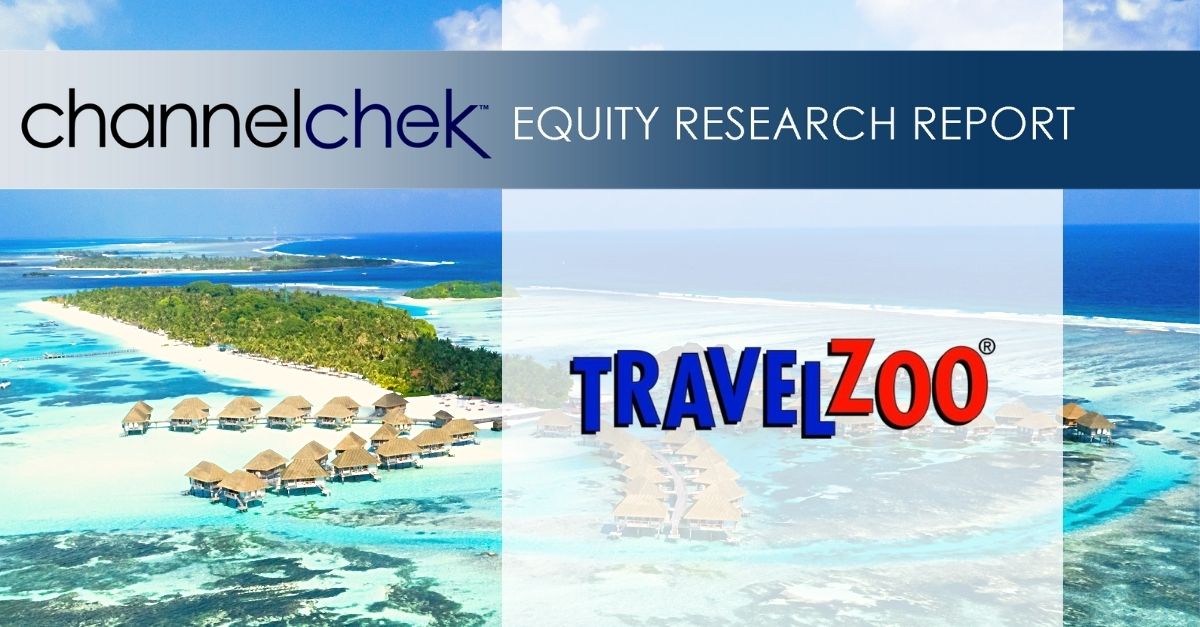
Wednesday, July 30, 2025
ARLP is a diversified natural resource company that generates operating and royalty income from coal produced by its mining complexes and royalty income from mineral interests it owns in strategic oil & gas producing regions in the United States, primarily the Permian, Anadarko and Williston basins. ARLP currently produces coal from seven mining complexes its subsidiaries operate in Illinois, Indiana, Kentucky, Maryland and West Virginia. ARLP also operates a coal loading terminal on the Ohio River at Mount Vernon, Indiana. ARLP markets its coal production to major domestic and international utilities and industrial users and is currently the second largest coal producer in the eastern United States. In addition, ARLP is positioning itself as an energy provider for the future by leveraging its core technology and operating competencies to make strategic investments in the fast growing energy and infrastructure transition.
Mark Reichman, Managing Director, Equity Research Analyst, Natural Resources, Noble Capital Markets, Inc.
Refer to the full report for the price target, fundamental analysis, and rating.
Second quarter financial results. Alliance reported second quarter adjusted EBITDA and earnings per unit (EPU) of $161.9 million and $0.46, respectively, compared to $181.4 million and $0.77 during the prior year period. We had projected EBITDA and EPU of $159.8 million and $0.57. Reported earnings per unit include a $25 million non-cash impairment charge. Total revenue amounted to $547.5 million compared to $593.4 million during the prior year period and our $577.4 million estimate. The variance compared to our revenue estimate was largely due to lower coal sales.
Outlook for the remainder of 2025 and 2026. Management increased the top end of 2025 coal tonnage sales guidance, kept overall coal sales price expectations intact, and lowered guidance for segment adjusted EBITDA expense per ton sold. Notably, oil and gas royalty volume expectations were increased, while segment adjusted EBITDA expense as a percentage of oil and gas royalty revenues was decreased to 14% from 15%. While management expects the average coal sales price per ton to trend lower in 2026 due to higher-priced contracts rolling off, longwall moves in 2025 and actions to improve productivity and cost effectiveness are expected to offset the impact of lower prices.
Get the Full Report
Equity Research is available at no cost to Registered users of Channelchek. Not a Member? Click ‘Join’ to join the Channelchek Community. There is no cost to register, and we never collect credit card information.
This Company Sponsored Research is provided by Noble Capital Markets, Inc., a FINRA and S.E.C. registered broker-dealer (B/D).
*Analyst certification and important disclosures included in the full report. NOTE: investment decisions should not be based upon the content of this research summary. Proper due diligence is required before making any investment decision.
